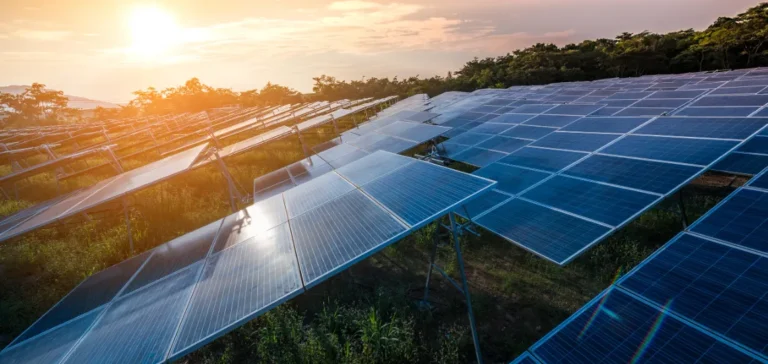The United States Department of Commerce (DoC) launched on July 1 a 21-day public consultation on the possible imposition of tariffs on polysilicon and civilian drones. Based on Section 232 of the Trade Expansion Act of 1962, the procedure protects national security. China controls more than 90 % of the global silicon market. The DoC will present its findings to President of the United States Donald Trump within 270 days.
Chinese weight on silicon
Polysilicon forms the basis of photovoltaic cells and semiconductors. Consultancy Thunder Said Energy estimates that Beijing supplied 93 % of this material in 2024, a notable share coming from Xinjiang. US solar developers remain dependent on imports for lack of local purification plants. Washington sees this imbalance as strategic for its industrial and military programmes.
The remotely piloted aircraft sector, commonly called drones, shows similar dependence. SZ DJI Technology accounts for roughly eight out of ten civilian sales, according to Drone Industry Insights. Police forces, farmers and infrastructure inspection firms rely heavily on these platforms. The DoC wants to determine whether this concentration exposes critical networks to potential foreign pressure.
Industrial lobbying and cost fears
The American Alliance for Solar Manufacturing supports tariffs that would encourage investment in new domestic smelters. The Solar Energy Industries Association fears instead that a surcharge would delay nine out of ten photovoltaic projects announced this year. The drone retailers’ union points out that higher prices would directly hit precision agriculture. Public hearings will give parties a forum to quantify these impacts.
The consultation will end on July 22 before the opening of technical hearings and inter-agency meetings, notably with the Department of Defense. Section 232 already served in 2018 to tax steel and aluminium, decisions still contested at the World Trade Organization (WTO). The final report is expected on March 28 2026. The president will then have 90 days to set tariff policy.
Repercussions on the solar market
Energy markets will follow the timetable, as a tariff increase would raise the US solar value chain. BloombergNEF calculates that a 15 % surcharge on silicon would add three cents per kilowatt-hour in recent power-purchase agreements. Several developers already mention rescheduling construction. The debate illustrates mounting tension between transition costs and industrial sovereignty.






















